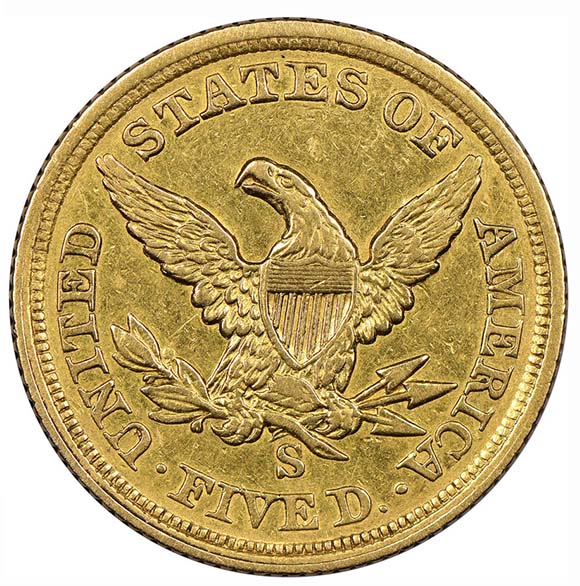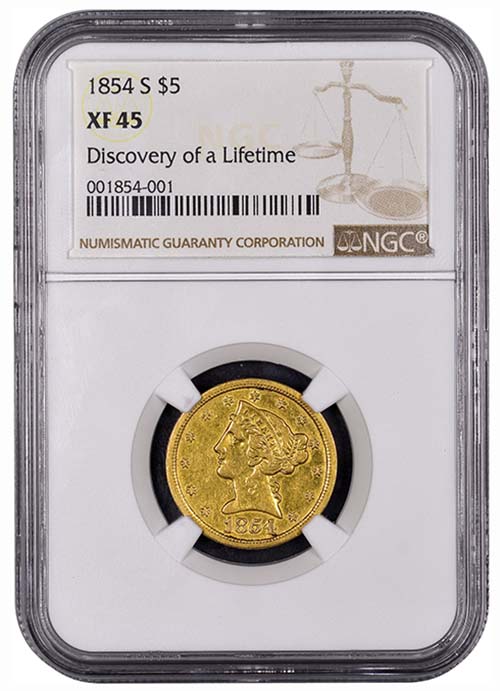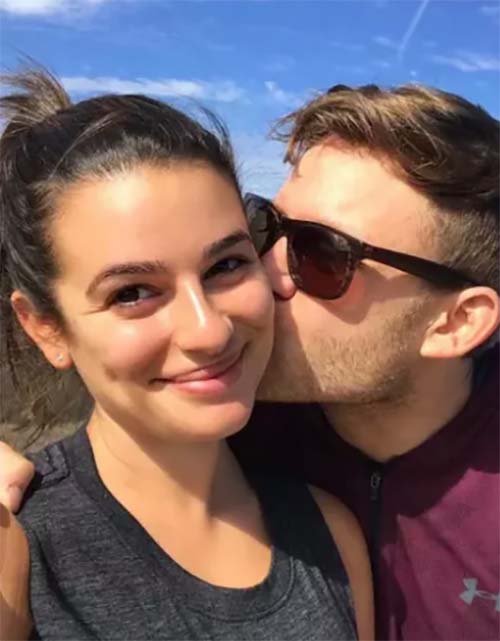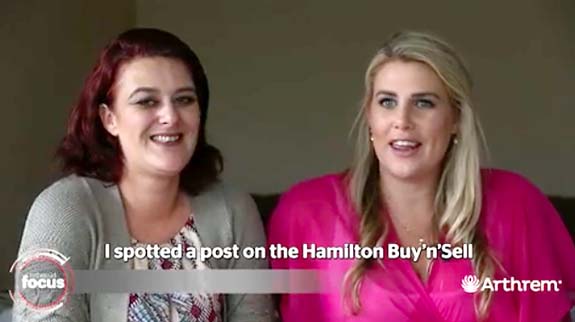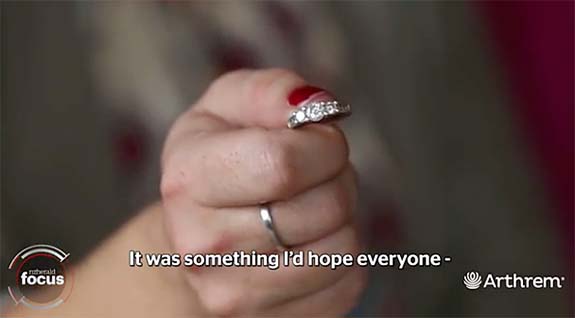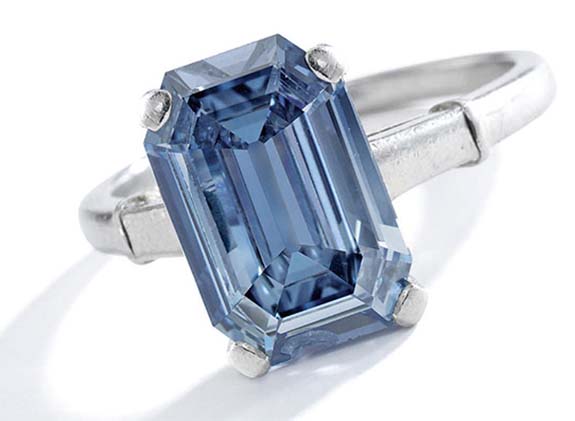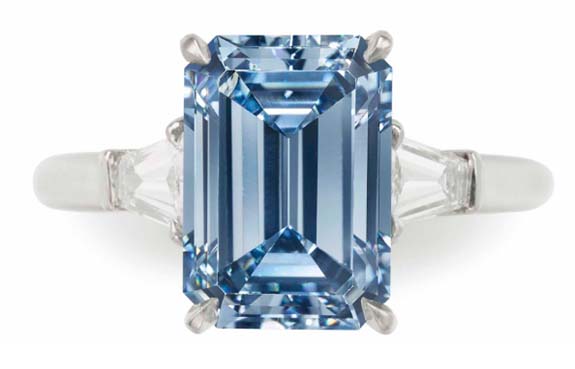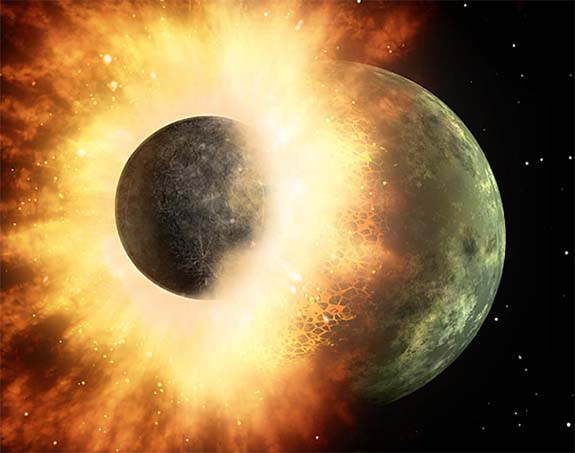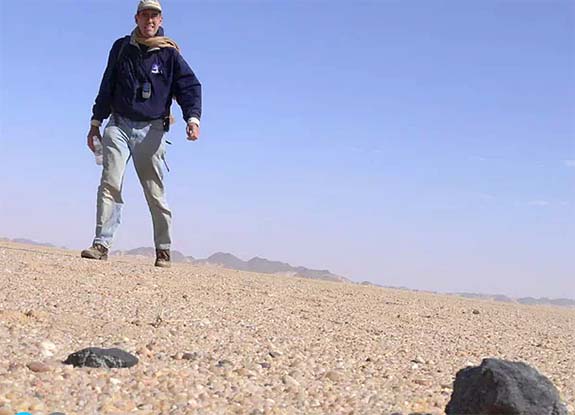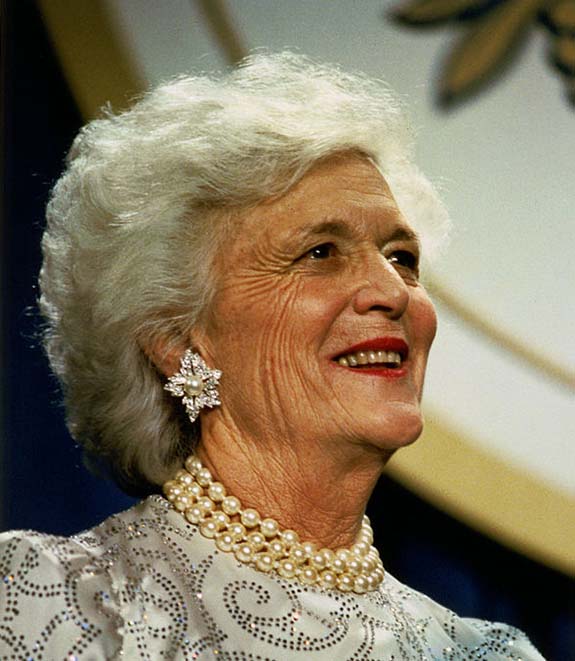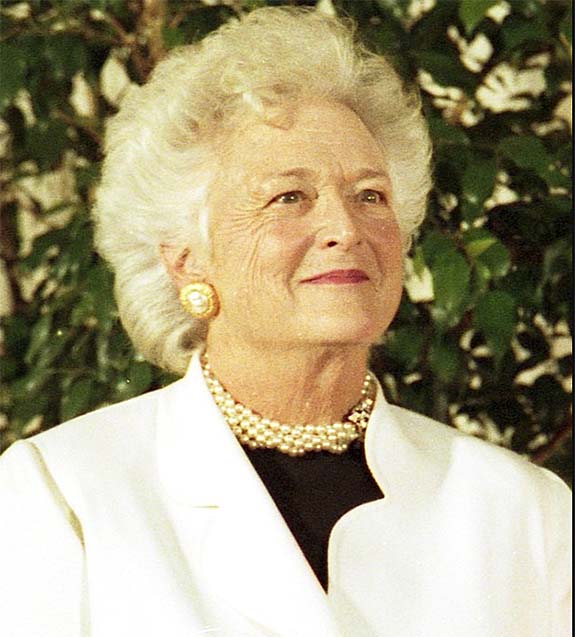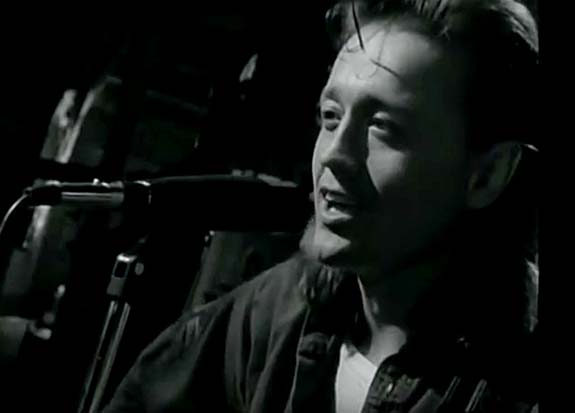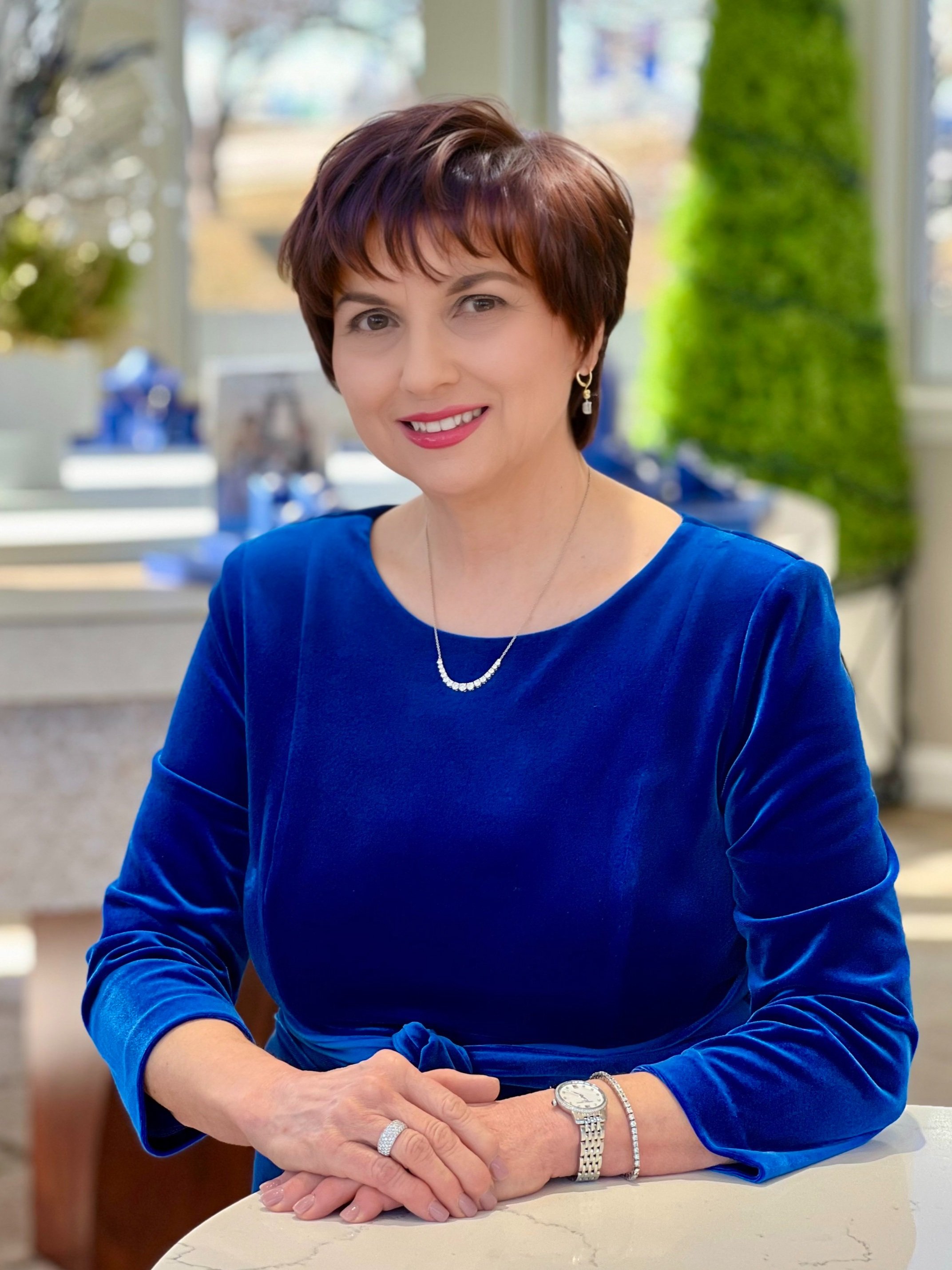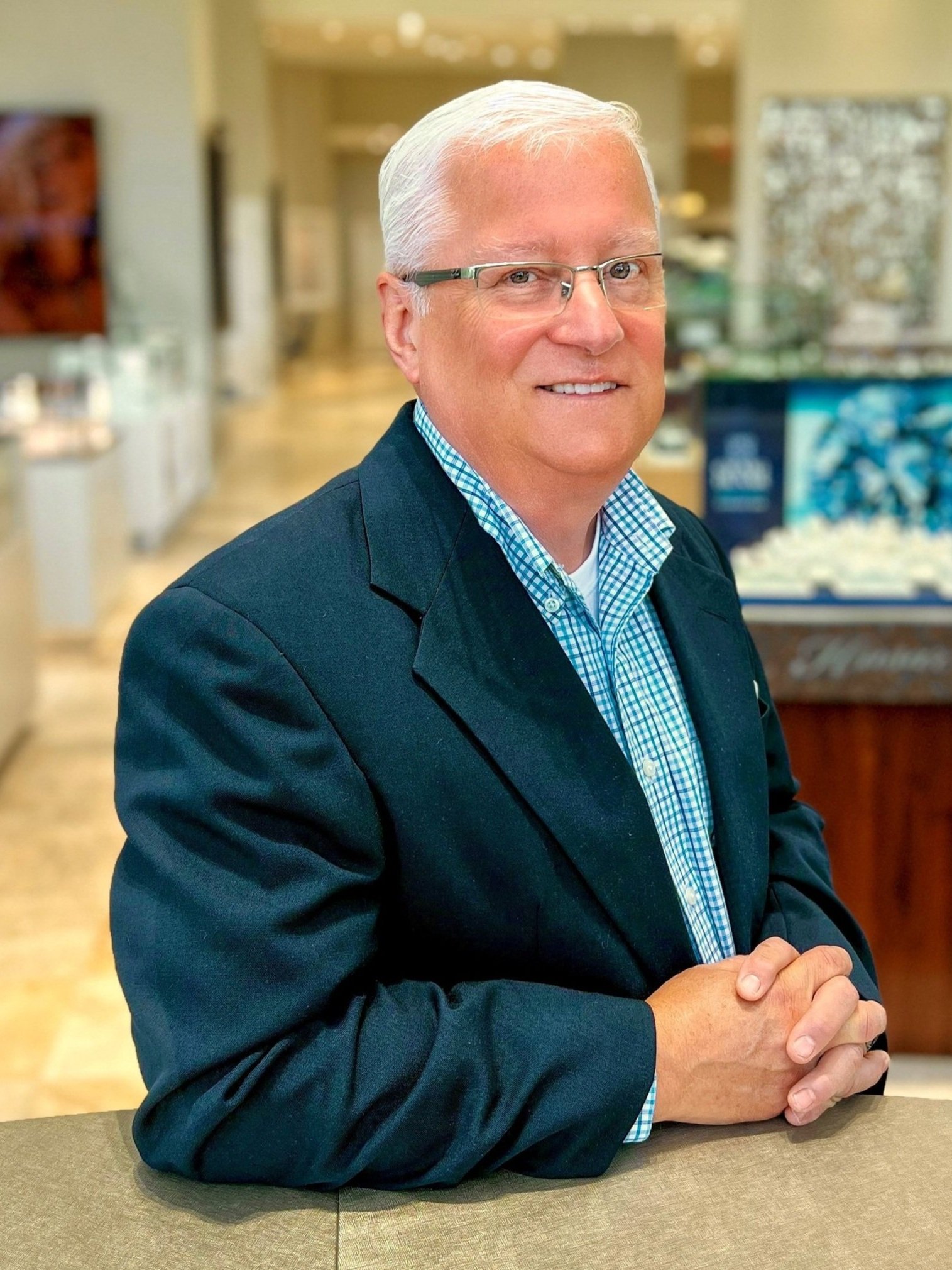Weighing 858 carats and displaying a superb vivid green color, the uncut "Gachala Emerald" is one of the world's finest examples of May's official birthstone.
The hexagonal crystal was found at the Vega de San Juan mine in Gachala, Colombia, in 1967, and sold to famous New York jeweler Harry Winston, who chose to keep the incredible crystal intact instead of cutting it into a number of smaller stones. In 1969, he donated the gem to the Smithsonian in Washington, D.C., where it's been on permanent exhibit at the Janet Annenberg Hooker Hall of Geology, Gems and Minerals.
Measuring 5cm (about 2 inches) in width, the 6-ounce Gachala Emerald crystal is considered to be one of the largest gem-quality emerald crystals in the world. As part of the National Gem Collection, it is prominently displayed alongside famous emerald jewelry, such as the Mackay Emerald Necklace, the Hooker Emerald Brooch, the Chalk Emerald Ring, the Maximilian Emerald Ring and the Spanish Inquisition Necklace.
Emerald is the most valuable variety of the mineral beryl. When it comes to classifying an emerald, much of the emphasis is focused on the color. Pure green stones demand the highest prices. If the green stone displays a tint that is too yellow or too blue, it may not be considered an emerald at all. For example, if the stone is yellow-green, it might be classified as green beryl, according to the Smithsonian, while if a stone is too blue, it could be classified as an aquamarine.
In its pure state, beryl is clear. The beautiful green hues in the beryl family are caused when some of the aluminum atoms in the crystal are replaced by chromium and/or vanadium atoms.
Although the Gachala emerald mines are relatively young (mining started in 1954), other famous Colombian mines, such as the Muzo, Chivor and Cosquez, boast a recorded history that dates back to the 16th century.
In fact, lush green emeralds have excited legions of gem admirers for thousands of years. The first emerald mines were in Egypt, and Cleopatra was reportedly a big fan of the verdant member of the beryl family. The name “emerald” comes indirectly from the ancient Greek word for green gem, “smaragdos.”
Emerald is known to display a wide variety of visible inclusions, which are referred to as “jardin” (French for “garden”). These imperfections do not detract from the stone’s beauty but, instead, give each stone a unique fingerprint and distinct character.
Besides being the birthstone for the month of May, it’s also the official gemstone for 20th and 35th wedding anniversaries.
Colombia continues to be the world’s most prolific producer of fine emeralds, constituting more than half of the global supply, by value.
Credit: Gachala Emerald photo by Chip Clark, courtesy Smithsonian Institution.



